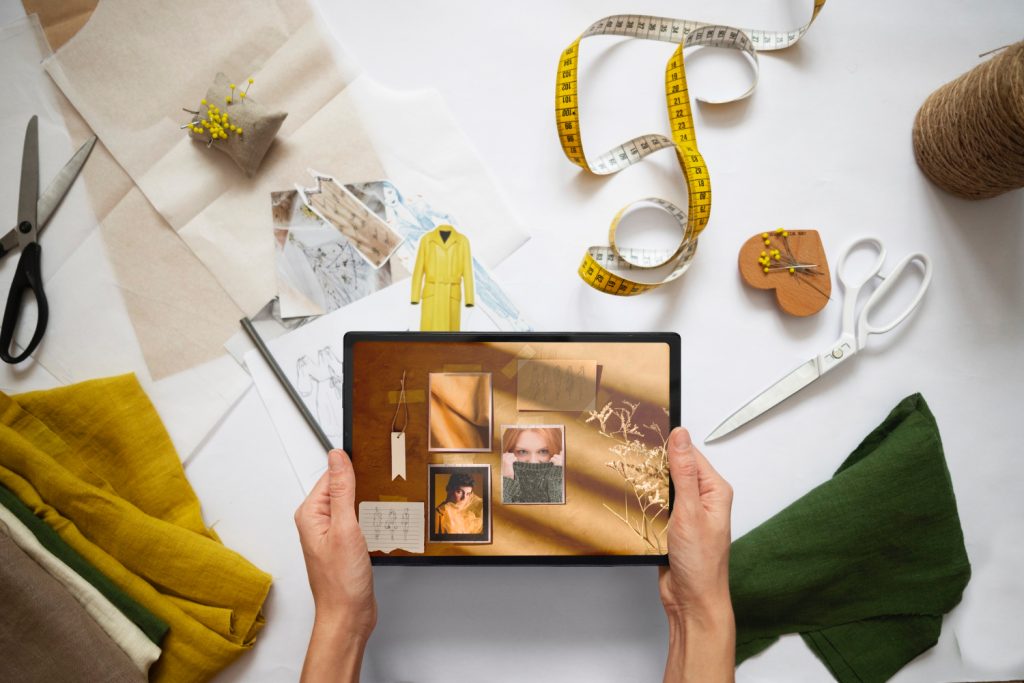
Every groundbreaking invention, beloved gadget, or everyday essential begins as a simple spark — an idea flickering into existence. Yet, transforming that initial concept into a tangible product is a journey filled with twists, challenges, and discoveries. “From Idea to Reality: Navigating the Product Creation Journey” delves into this intricate process, exploring the steps, strategies, and insights that turn visions into market-ready innovations. Whether you’re an aspiring entrepreneur, a curious creator, or simply fascinated by how things come to life, this exploration illuminates the path from imagination to invention.
Understanding Market Needs to Shape Your Product Vision
To carve out a successful path in product creation, grounding your vision in genuine market needs is paramount. This means moving beyond assumptions and diving deep into understanding your audience’s pain points, desires, and behaviors. By embracing empathy and research, you align your product not only with what users say they want but what they truly need, often unearthing insights that spark innovation. It involves listening actively, observing trends, and analyzing competitor offerings to identify gaps or underserved segments that your product can uniquely address.
Consider the different dimensions that shape market needs and how they influence your product strategy:
- Demographic Shifts: Changing age groups, income levels, and cultural trends can redefine demand.
- Technological Advancements: Emerging tools and platforms open new possibilities or raise expectations.
- Economic Factors: Consumer purchasing power and market conditions dictate affordability and urgency.
- Regulatory Environment: Compliance requirements may create challenges or opportunities for innovation.
| Factor | Impact on Product Vision |
|---|---|
| Demographic | Shapes Feature Prioritization and Design Language |
| Technology | Determines Platform Compatibility and Innovation Scope |
| Economy | Affects Pricing Strategies and Value Propositions |
| Regulation | Guides Compliance Features and Market Entry Timing |
Crafting a Prototype That Balances Innovation and Feasibility
When embarking on the journey to build your initial model, the true challenge lies in blending groundbreaking ideas with practical execution. Innovation sparks excitement, but without a firm grounding in reality, it risks becoming an unattainable dream. Striking this balance means carefully selecting features that push boundaries while ensuring they remain within the scope of available resources and time. Prioritize core functionalities that showcase your concept’s unique value, and remain flexible to adapt ideas based on early testing feedback. This approach invites a dynamic cycle of iteration, turning theoretical brilliance into tangible proof points.
Consider a framework that separates your prototype into three critical layers, each with distinct objectives and deliverables:
- Conceptual Layer: Captures the essence of your innovation, focusing on defining user needs and problem-solving approaches.
- Functional Layer: Translates ideas into practical features, experimenting with various materials, technologies, or codebases.
- Refinement Layer: Integrates feedback to enhance usability and cost efficiency, preparing the prototype for a smooth transition to production.
| Layer | Focus | Key Outcome |
|---|---|---|
| Conceptual | Idea Validation | Clear Problem Statement |
| Functional | Feature Testing | Working Model |
| Refinement | User Feedback | Optimized Prototype |
Strategizing Development Phases for Effective Resource Management
Effective resource management in product development hinges on breaking the project into well-defined phases, each serving a strategic purpose. This approach ensures every investment — be it time, talent, or budget — is optimized to deliver maximum value. Early stages focus heavily on research, prototyping, and validation, where the greatest flexibility exists to pivot ideas without incurring significant losses. As the project advances, the emphasis shifts toward refining and scaling, demanding a more structured allocation of resources to maintain quality and meet deadlines. Balancing creativity with discipline throughout these phases enables teams to navigate complexity while preserving agility.
To maintain clarity and control, consider these key tactics when allocating resources:
- Prioritize tasks based on impact and dependencies to avoid bottlenecks
- Assign cross-functional teams to foster innovation and accountability concurrently
- Implement iterative reviews to adjust resource distribution according to real-time insights
- Leverage automation tools for repetitive processes, freeing human effort for critical thinking
| Phase | Focus | Resource Priority |
|---|---|---|
| Concept | Idea Validation | Market Research & Design |
| Development | Prototyping & Testing | Engineering & Testing Tools |
| Scaling | Production Setup | Manufacturing & Quality Control |
| Launch | Market Introduction | Marketing & Support |
Implementing User Feedback to Refine and Perfect Your Product
Gathering insights directly from your users transforms abstract ideas into tangible improvements. Their perspectives spotlight real-world experiences, uncovering nuances that data alone may overlook. By actively listening, you cultivate a product that resonates more deeply, addressing authentic needs and unexpected pain points. Embracing this feedback means prioritizing not only functionality but also ease of use and emotional connection.
Effective incorporation involves a structured yet flexible approach. Consider implementing:
- Regular feedback loops with diverse user groups to capture evolving perspectives.
- Prioritization frameworks that balance swift wins with strategic enhancements.
- Iterative testing phases allowing real-time validation before full-scale deployment.
| Feedback Type | Action Step | Outcome |
|---|---|---|
| Usability Issues | Redesign Navigation Flow | Improved User Engagement |
| Feature Requests | Assess Feasibility | Balanced Roadmap |
| Performance Concerns | Optimize Backend | Smoother Experience |
Final Thoughts…
Bringing a product from mere concept to tangible reality is a voyage filled with discovery, challenge, and growth. Each step — from initial spark to final launch — demands vision, resilience, and thoughtful navigation through uncharted waters. While no journey is without its twists and turns, embracing the process with clarity and adaptability transforms ideas into creations that can truly make an impact. As you set forth on your own product creation path, remember that every great innovation begins with a single step grounded in purpose and passion.